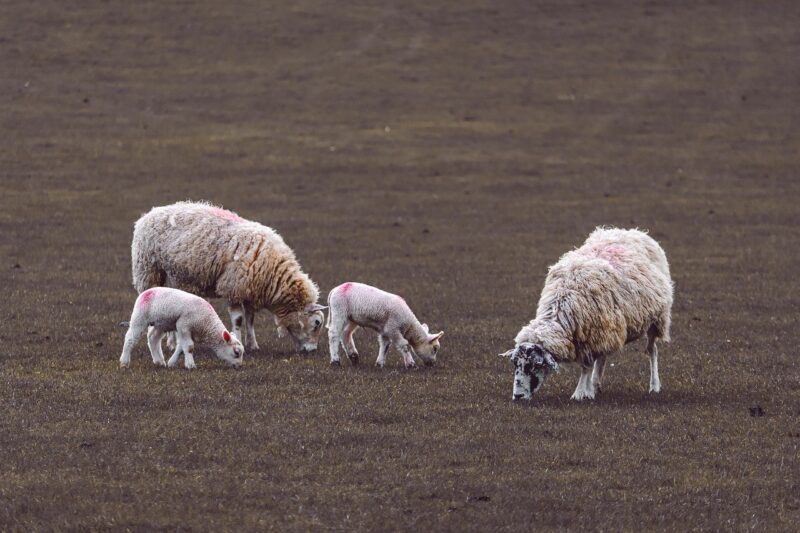
Animals are some of the most resilient and adaptable creatures on the planet. They have evolved a variety of fascinating adaptations to thrive in extreme environments, from the scorching heat of the Sahara Desert to the icy depths of the Arctic. Understanding these adaptations not only showcases nature’s ingenuity but also provides insights into how life can persist despite daunting challenges.
1. What are Extreme Environments?
Extreme environments are areas that pose significant challenges to survival due to harsh conditions. These can include:
- High Temperatures: Locations like deserts where temperatures soar during the day and plummet at night.
- Low Temperatures: Polar regions and high-altitude areas where freezing temperatures are the norm.
- High Salinity: Salt flats and coastal regions where salinity levels can be detrimental to many organisms.
- Low Oxygen Levels: High altitudes such as the Himalayas where oxygen availability is limited.
Species inhabiting these zones have evolved extraordinary traits to cope with stressors that would be lethal to most other creatures.
2. Examples of Animals and Their Adaptations
There are spectacular examples of animals that have mastered the art of extreme survival. Here are a few:
The Arctic Tern
This migratory bird travels an astonishing 71,000 kilometers (43,000 miles) each year from its breeding grounds in the Arctic to the Antarctic. Its adaptation strategy includes:
- Physiological Adaptation: Arctic terns have specialized insulation in their feathers that keeps them warm in frigid temperatures while providing buoyancy in water.
- Diet Shift: They have a flexible feeding strategy that allows them to eat various fish depending on availability, ensuring they can find food in diverse marine environments.
The Desert Tortoise
Residing primarily in North American deserts, these tortoises have developed several adaptations:
- Water Conservation: They can survive long periods without water by storing moisture in their bodies and excreting highly concentrated urine.
- Burrowing Behavior: During the harsh heat of the day, they retreat underground into burrows that protect them from extreme temperatures.
The Emperor Penguin
Endemic to Antarctica, the emperor penguin survives in one of the planet’s most extreme environments:
- Thermal Adaptation: They have a thick layer of blubber and dense feathers that provide insulation against the cold.
- Social Behavior: Emperor penguins huddle together to conserve warmth during the harsh winter, demonstrating remarkable social behaviors adapted to extreme cold.
Saltwater Crocodile
These reptiles are renowned for their adaptability to both freshwater and saltwater:
- Salt Glands: Saltwater crocodiles possess specialized glands which excrete excess salt, allowing them to thrive in saline environments.
- Ambush Predation: Their stealthy hunting tactics make them effective predators in the murky waters they inhabit, adapting their behavior to the complexities of their habitat.
3. The Science Behind Adaptations
The adaptations seen in animals living in extreme environments arise from a process of natural selection, where individuals with advantageous traits are more likely to survive and reproduce. Scientific studies show that:
– **Gene Expression:** Certain genes are activated in response to environmental stress, leading to adaptations that improve survival.
– **Physiological Changes:** Over generations, populations can develop unique physiological traits such as thicker fur or altered metabolism to better fit their environment.
– **Morphological Changes:** Some species may undergo structural changes, such as modified body shapes or sizes to enhance survival.
4. The Role of Climate Change on Extreme Adaptations
Currently, climate change poses a serious threat to many species adapted to extreme environments. Changes in temperature and weather patterns can put stress on organisms, making their survival increasingly difficult. Key impacts include:
– **Habitat Loss:** Melting ice caps and desertification put pressure on species reliant on stable environments.
– **Altered Living Conditions:** Some animals may have to adapt quickly or migrate in search of suitable habitats, which can disrupt established ecosystems.
– **Diminished Resources:** Changes in food availability due to climate shifts could make survival challenging for already vulnerable species.
5. Conclusion: The Amazing Resilience of Life
The adaptations seen in animals living in extreme environments highlight the incredible resilience of life. These adaptations not only showcase nature’s ingenuity but also remind us of the delicate balance of our ecosystems. As we face global changes, appreciating and understanding these phenomenal creatures can guide conservation efforts and foster a deeper respect for life on Earth.
If we continue to study and protect these remarkable animals and their habitats, we can ensure that their fascinating adaptations remain part of our planet’s story for generations to come.







